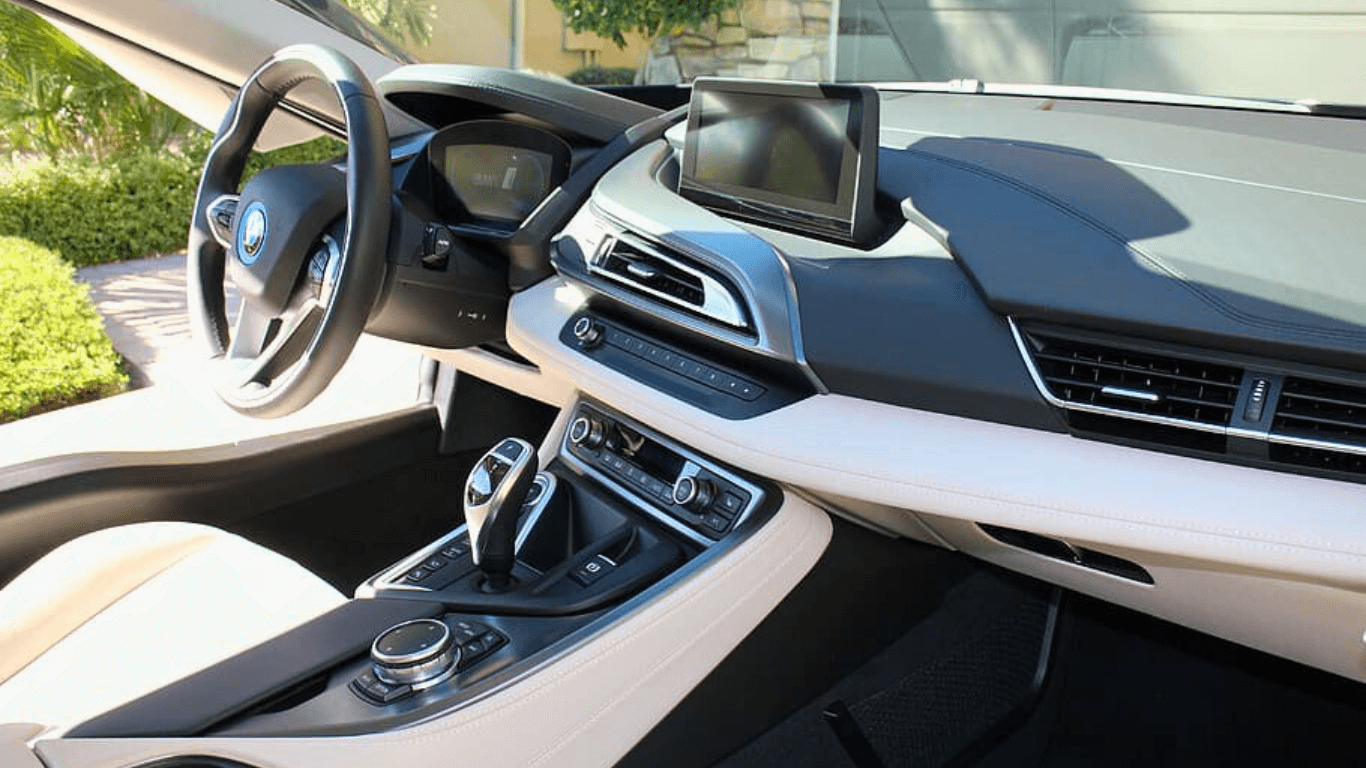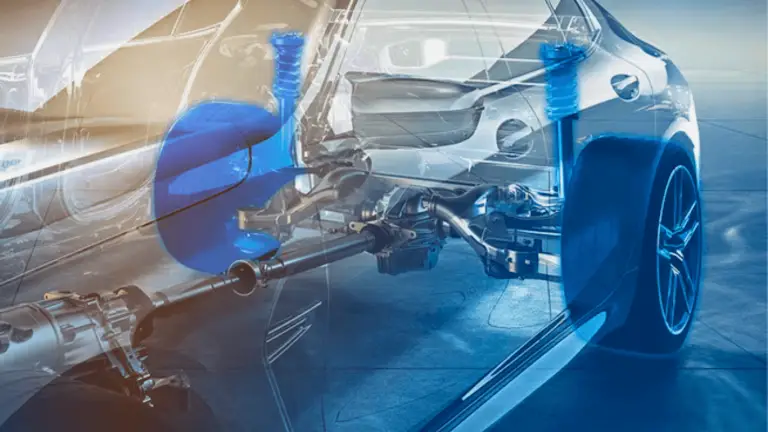Pedestrian Protection System BMW: Advanced Safety Feature Explained
Pedestrian fatalities have been on the rise worldwide, accounting for an increasing percentage of overall traffic deaths annually. With roads becoming more crowded and pedestrian exposure heightened, automakers like BMW are taking steps to address this safety issue.
BMW has developed sophisticated pedestrian protection systems that leverage cameras, radar, sensors and other technology to detect potential collisions with pedestrians and trigger active safety measures. But how exactly does BMW’s pedestrian protection system work and what are the key features included?
In this comprehensive guide, we will cover everything you need to know about BMW’s innovative pedestrian safety technology. First, we’ll provide an overview of how these advanced systems monitor the surroundings, analyze data, and activate emergency measures when a collision is detected.
Next, we’ll outline the core components that make up BMW’s pedestrian protection system, like automatic braking, impact sensors, pop-up hoods and external airbags. We’ll also look at how the system is tested for responsiveness and calibrated for real-world effectiveness.
Finally, we’ll examine the benefits and potential pedestrian safety impacts of BMW’s protection technology as adoption spreads. We’ll also consider what role infrastructure improvements could play in further reducing collisions. If you want to understand how BMW is leveraging innovation to enhance pedestrian protection, keep reading!
How BMW’s Pedestrian Protection System Works
The pedestrian protection systems developed by BMW rely on an array of technologies working in concert to detect potential collisions and trigger active safety measures. Here’s an overview of how these systems monitor surroundings and respond:
- Cameras, radar and sensors – BMW’s pedestrian detection system uses a combination of cameras, radar technology and ultrasonic sensors located around the vehicle to continuously monitor the surroundings in all directions. This creates a detailed live “map” of obstacles, objects and potential hazards.
- Pedestrian detection – The vehicle’s collision detection system analyzes the real-time sensor data to identify pedestrians around the vehicle. It can differentiate pedestrians from other objects based on movement patterns, size, and shape.
- Collision determination – Once a pedestrian is detected, the system uses sensor data fusion and sophisticated algorithms to determine if a collision is imminent based on distance, approach speed, trajectory and other variables.
- Trigger active safety measures – If a potential impact with a pedestrian is deemed unavoidable based on sensor data, the system automatically triggers emergency measures to avoid or mitigate the collision.
By combining camera, radar and sensor inputs for 360-degree coverage, BMW’s system provides detailed environmental awareness that enables rapid pedestrian detection. The advanced collision detection algorithms then allow the vehicle to determine if a pedestrian impact is imminent and proactively deploy potentially life-saving safety measures.
Key Components of BMW’s Pedestrian Safety System
BMW has engineered a comprehensive suite of active safety components into its pedestrian protection system to help avoid collisions or minimize their severity if unavoidable. Here are some of the key features:
Automatic Emergency Braking
One of the most important components is automatic emergency braking. When the system determines an impact is imminent based on sensor data, maximum braking force is automatically applied to stop the vehicle before striking the pedestrian if possible.
The brakes are triggered faster than a human driver could respond, providing crucial extra time to bring the vehicle to a halt or slow it as much as possible pre-impact. This can be the difference between a fatality and an injury.
Impact Sensor System
To prepare the vehicle for a crash, an array of contact sensors are mounted on the front bumper and hood area. These impact sensors can precisely detect when an initial collision with a pedestrian occurs.
This triggers the activation of other safety mechanisms like the pop-up hood and external airbags. Having impact sensors allows the system to confirm the collision and deploy secondary measures to protect pedestrians in the event the emergency braking doesn’t fully prevent an impact.
Pop-Up Hood System
BMW has developed an active hood system that raises the rear edge of the hood slightly by several inches when a pedestrian collision is unavoidable. This creates extra space between the hard engine components and the hood.
When the pedestrian’s head hits the more cushioned hood instead of the stiff engine parts underneath, it reduces the forces applied to the head during the impact, diminishing the risk of head and brain injuries. The pop-up hood activates based on impact sensor data.
Exterior Airbags
To provide additional protection during head-on collisions, some BMW models feature inflatable airbags that deploy from underneath the front bumper fascia.
When activated, these exterior airbags emerge and expand to cover the lower portion of the windshield and A-pillars. This helps buffer the pedestrian’s head and upper body from some of the impact forces. The goal is to better distribute the collision energy to lessen devastating injuries.
Alert Sounds and Signals
To prepare vehicle occupants for an imminent impact, BMW’s system emits audible alert sounds and visual warning signals inside the cabin just prior to a collision.
This alerts the driver and passengers that emergency braking, airbag deployment and other measures are about to occur so they can brace accordingly. The alerts complement the active safety features.
By combining automatic braking, impact detection, pop-up hoods, airbag deployment and interior alerts, BMW’s system aims to avoid pedestrian collisions outright or minimize injury severity if a crash can’t be averted. These technologies demonstrate how pedestrian protection is evolving.
Testing and Calibration of BMW’s Pedestrian Protection
Before BMW’s pedestrian protection system made it into production vehicles, it underwent rigorous testing and refinement by engineers to ensure capability, responsiveness and reliability. Here is some insight into the development process:
- Responsiveness testing – During development, BMW conducts extensive responsiveness testing by simulating pedestrians stepping into the vehicle’s path. Engineers validate that the automatic braking engages on time to stop before hitting the pedestrian or minimize speed.
- Impact testing – Using test dummies, BMW evaluates kinetic energy transfer and impact forces with the various safety components like pop-up hoods and external airbags. This confirms they effectively reduce collision severity.
- Weather testing – In real-world conditions, cameras, radar and sensors must perform adequately in rain, snow and other inclement weather. BMW validates that precipitation does not impede system functioning through intense weather testing.
- False positive evaluation – To ensure a high level of precision, BMW optimizes system parameters like pedestrian profiles so braking isn’t triggered unnecessarily by non-pedestrians. Engineers work to minimize false positives.
- Real-world data analysis – By examining real-world collisions involving BMW vehicles, engineers can recalibrate aspects like braking distance calculations and improve the system’s effectiveness.
Proper calibration, responsiveness and integration of the various components is critical. BMW conducts ongoing testing and analysis to enhance pedestrian protection capabilities across different vehicle models and series.
Benefits and Effectiveness of Pedestrian Protection Systems
The pedestrian collision protection technology engineered by BMW offers significant benefits when it comes to reducing fatalities and severe injuries:
- Avoiding impacts altogether – By automatically braking vehicles when pedestrians are detected, some collisions can be averted completely. This is the ultimate goal and top safety priority.
- Reducing collision speeds – When crashes can’t be fully prevented, BMW’s system still reduces impact speed substantially compared to unmitigated collisions. Lower speeds exponentially decrease injury severity.
- Lessening impact energy – Components like pop-up hoods and external airbags limit the amount of impact energy that transfers to pedestrians by absorbing and distributing crash forces.
- Minimizing head & brain injuries – Many pedestrian fatalities are due to traumatic brain injuries. BMW’s system aims to optimize hood and head impact dynamics along with triggering airbags.
- Increasing reaction time – Automatic emergency intervention enables much quicker reaction time compared to human reflexes and perception. This extra split-second could mean the difference between life and death.
- Supplementing driver actions – The system acts when drivers don’t take their own evasive actions, aren’t paying full attention, or simply can’t react fast enough. It works automatically alongside the driver.
Research indicates that BMW’s multifaceted system could reduce pedestrian fatalities by as much as 60% compared to vehicles without the active safety technology. Widespread adoption of pedestrian protection systems could save tens of thousands of lives worldwide each year.
The Future of Pedestrian Protection Systems
While BMW’s current pedestrian protection technology already represents a major advancement, ongoing innovation will further bolster safety capabilities:
- Faster sensor hardware – New radar, camera and ultrasonic sensor hardware will provide more rapid pedestrian detection with a higher level of detail and precision.
- Enhanced software algorithms – Machine learning and artificial intelligence will be applied to improve the vehicle’s ability to differentiate pedestrians from other objects and fine-tune collision determinations.
- Broader detection fields – BMW will broaden collision detection and active response to account for pedestrians approaching from more angles, including intersections.
- Infrastructure integration – Vehicles could potentially communicate real-time with smart city infrastructure to receive alerts about pedestrians ahead undetectable by onboard sensors.
- Pre-collision personalization – Systems could adjust airbag characteristics and response based on passenger height, weight and size to optimize protection.
- Partial automation integration – As vehicles progress toward higher automation, pedestrian protection technology will remain integral and harmonize with self-driving capabilities.
While adoption is still ongoing, BMW’s pedestrian protection system represents a major step forward and sign of progress when it comes to reducing traffic fatalities and making the roadways safer for all. With continuous enhancements on the horizon, integrated safety technology stands to grow even more advanced and effective at minimizing collisions.
Conclusion
As pedestrian injuries and fatalities continue trending upwards globally, BMW is leveraging sophisticated technology like cameras, radar, machine learning and active safety components to enhance pedestrian collision protection.
By combining rapid pedestrian detection, automatic emergency braking, impact sensors, pop-up hoods and external airbags, BMW’s system aims to avoid imminent collisions outright or minimize their severity. Extensive testing and ongoing innovation ensure these systems remain responsive, reliable and calibrated for real-world effectiveness.
While infrastructure improvements and increased adoption of the technology is still needed, BMW’s pedestrian protection system points toward a future of smarter, safer vehicles that can coexist with pedestrians on crowded urban roads. Pedestrian detection and active safety mechanisms that once seemed like far-off science fiction are now an engineering reality with the potential to save thousands of lives in the years ahead.







